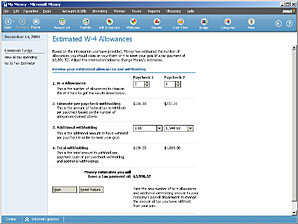
Figure 5-4. Estimate your tax withholding.
After you use the Tax Estimator to project your tax liability for the year, the Tax Withholding Estimator can help you calculate how much you should have withheld from your pay to avoid underpaying or overpaying your tax.
You enter your tax-related information such as your paycheck amount and indicate the approximate refund or payment you want. The Tax Withholding Estimator takes this information, along with data from the Tax Estimator, and calculates any adjustments to your withholding needed to get the result you want.
The information you enter on your Form W-4, including filing status, number of withholding allowances, and additional withholding, tells your employer how to calculate your income tax withholding each pay period. Money calculates what you should enter on your Form W-4 to have the right amount withheld.
For more information, see your tax professional or read IRS Publication 505, Tax Withholding and Estimated Tax.
Getting accurate estimates. Money projects your tax liability and recommends a tax withholding amount based on the information you enter. For best results, itemize your paycheck or enter your gross pay information in the tax line details. The more complete and accurate your information is, the closer MoneyÆs estimate will be to your actual tax liability.

Estimate your taxes first. The Tax Withholding Estimator becomes available only after you have first worked through the Tax Estimator.